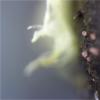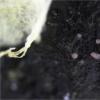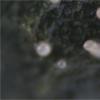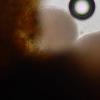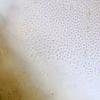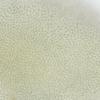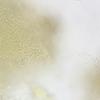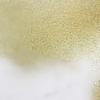
09-03-2017 20:03
Thorben HülsewigHi theresi found 2 day ago this violett balls on d

09-03-2017 14:40
Jan-Arne MentkenHello everyone,some days ago I found a Doratomyces

10-03-2017 02:30
Roland LabbéBonjour !Voici un Mollisia probable.Merci de nous

03-03-2017 11:27
 Alan Rockefeller
Alan Rockefeller
Found in Oakland, California on a well decayed Que

03-03-2017 11:58
 Alan Rockefeller
Alan Rockefeller
What is this? Under Quercus agrifolia in Oakl

04-03-2017 20:08
 William Slosse
William Slosse
Could this be H. leucomelaena?Found in sandy clay
Violet balls on dung
Thorben Hülsewig,
09-03-2017 20:03
i found 2 day ago this violett balls on dung (possible deer). In lugol the little globose spores (under 2?m diameter) reacts green and become later a brown/orange color.
best regards,
Thorben
Lothar Krieglsteiner,
10-03-2017 10:57

Re : Violet balls on dung
Hi Thorben,
I am not at all sure - but maybe a myxobacterium?
Regards, Lothar
Thorben Hülsewig,
10-03-2017 19:31
Re : Violet balls on dung
Hallo Lothar,
von Myxobakterien habe ich noch nie etwas gehört. Interessant was es nicht alles gibt.
Ich werde den Pilz mal unter Vorbehalt als Myxobakterien abspeichern. Mal schauen ob noch weitere Kügelchen auftauchen.
Viele Grüße
Thorben
von Myxobakterien habe ich noch nie etwas gehört. Interessant was es nicht alles gibt.
Ich werde den Pilz mal unter Vorbehalt als Myxobakterien abspeichern. Mal schauen ob noch weitere Kügelchen auftauchen.
Viele Grüße
Thorben


